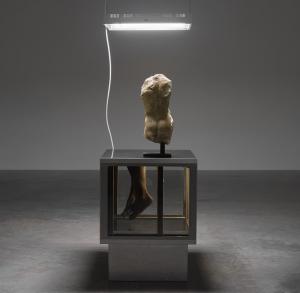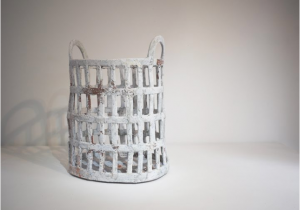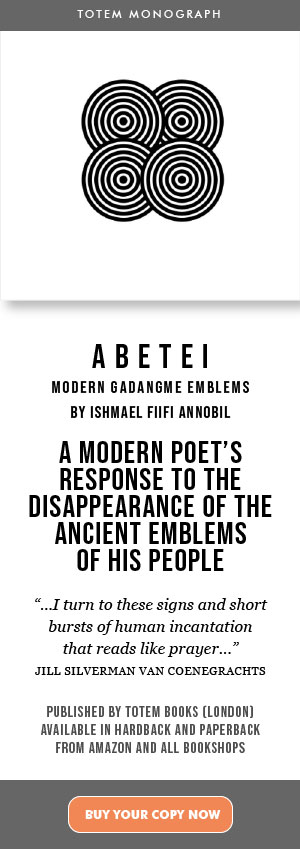CIVILISATION AS WE KNOW IT: REALITY TV
By LYNNE NOLAN
The emergence of cinema was linked to a public interest in visual spectacle as a form of mass entertainment. Typical Hollywood films promoted the American dream, allowing individuals to acquire success and wealth if they had initiative, commitment and ambition, and no extraneous factors like gender, race and ethnicity could stand in their way.
Germaine Greer remarked back in 2000 that, “Reality television is not the end of civilisation as we know it: it is civilisation as we know it.” With its focus on humiliation and reaching ratings, the appeal for wannabes lies in its representation of ‘real’ people who are turned into instant celebrities. So is ‘reality TV’ new, or, in fact, a follow-up to the ‘Democratisation’ and breakaway from the elitism that prevailed between the late 1920s and early 1950s? Never has there been such emphasis on the ‘ordinary joes’, and their defenceless scramble for media attention.
Postmodernism. In this collage-like and iconoclastic world, the mass media governs all forms of social relationships and we witness an obliteration of history and a disintegration of metanarratives. Postmodernist television embodies adventurous conventions of cinema, relying on style and surface, influencing pleasure derived from looking (voyeurism).
People want to be the secret nosy neighbour, who, instead of peeping messily through their Venetian blinds, can sit in their living rooms and be privy to the ‘emotional pornography’ of people’s behaviour behind closed doors. Postmodernist films typically feature characters who can only relate to each other like atoms and lack meaningful relationships with each other. What better way can a television company find to create melodrama than bungling a dozen strangers together and watching the car crash as personalities collide and food budgets run thin?
One of the very first forays into Reality TV was Channel 4’s Smart Hearts, a five-part documentary and online portrait of Brendan Quick and Claire de Jong. Its title was derived from a Japanese Tamagotchi that bleeps when it finds your urban soul mate, and it explored a contemporary relationship, their changing attitudes to marriage, dating and having children. It combined filming and 24 hour webcam access from their home for 18 months, and was praised as ‘a radical and collaborative piece of art.’
For its part, Hedwig and the Angry Inch, winner of the audience and best director awards at the Sundance Film Festival, is a story based partly on Plato’s Symposium, the idea of two people being joined then being split, resulting in their having their soul mate elsewhere. This musical piece jumps around in time, revealing details tracing Hedwig’s journey in life from East Berlin to the United States. Hedwig’s band’s glam rock music provides the film with a vibrant energy and excitement. John Cameron Mitchell’s creation encourages the audience to consider all the possibilities, the fluidity of the film embracing ‘otherness’, the fabulous, repressed, carnivalesque, mad and chaotic.
The camp aestheticism presented challenges the status quo, and implies a movement towards an emphasis on sensuous textures and the evocation of mood as fascinating stylistic devices, rather than their appropriateness to the plot. Fragmentation, decentredness and plurality of gender are complimented by the use of the setting of the Met Bar in Neil Jordan’s, The Crying Game, where transgression and performance are again at work.
The disintegration of normality or traditionalism, and the heightened use of the sense of sight and watching the human exhibition continues in the reality shows today, as single celebrities are shipped off together to islands to find love or lust, young singers are insulted to tears having sang terribly in front of a group of experts, and a nation sits up all night watching a camera pan across an empty kitchen and a bed of snoozing proletarians and bourgeoisie. Does this new focus on personality mean that television is losing the capability to tell us the bigger picture or to put things in context?
The Postmodernist trend of the sequel or the recycling of older films presented in new ways occurs too in Reality TV. The BBC series Castaway 2000, advertised as a unique social experiment,’ in which 35 volunteers were left in Taransay, a remote Scottish island for 12 months and forced to survive by their own means had been foreshadowed by John Percival’s Living In the Past 22 years earlier where volunteers lived as iron age settlers for 12 months. Dil and Hedwig’s performances present the idea too of the post-modern, multi-layered pastiche of the concept of the ability to perform as an ‘other’ hence questioning the idea of the ‘original.’
Richard Dyer’s assertion that how a group is represented determines how they are treated in life, and how we treat others is based on how we see them seems to be no longer valid in Postmodernist media, as there is a strong sense of egalitarianism and a discarding of barriers. Reality shows are thriving at a time when all perspectives are appreciated as shown in the success of gays, lesbians and ‘ordinary folk’ as contestants.
The very nature of Reality has become more uncertain. Terry Gillingham made the 1996 film 12 Monkeys, which is part science-fiction, part dark comedy and part dramatic thriller. Gillingham once propounded his view of the postmodernist theory based on social, aesthetic and economic stabilisation, when he commented:
“I think Hollywood’s perception of reality – which millions of people seem to buy – is so distorted and so crazy that I’ve always had a problem with it. Compared to it, I am a documentary film-maker: I just put on film what I see around me.”
The belief that the author is dead arises in analyses of reality shows as the viewer of the televisual ‘text’ is allowed to build their own sense of reality from what they are offered. The viewer can contribute by erasing a person from this constructed setting or choosing their own ‘hero.’ An Australian Big Brother producer as described the reality format as ‘a living soap in which the subjects write the script.’ Never have we seen such desperate efforts being made by others to become famous or the Hedwig of 2005.
As growing numbers of egotistical teeny-boppers and twenty-somethings strive for that space before the camera, ratings for reality have hit an all time high. A survey this year found that Jade Goody, who appeared on Big Brother and notoriously removed her clothing, is more widely recognised than Jack Straw and Charles Kennedy. This announcement seems to contradict the idea of the reality star’s fifteen minutes of fame. Traditionalists feel it is a ‘dumbing down,’ and exploitative. I suppose it depends what way you look at it.
Photo Credits: S. Giraud/Fine Line





